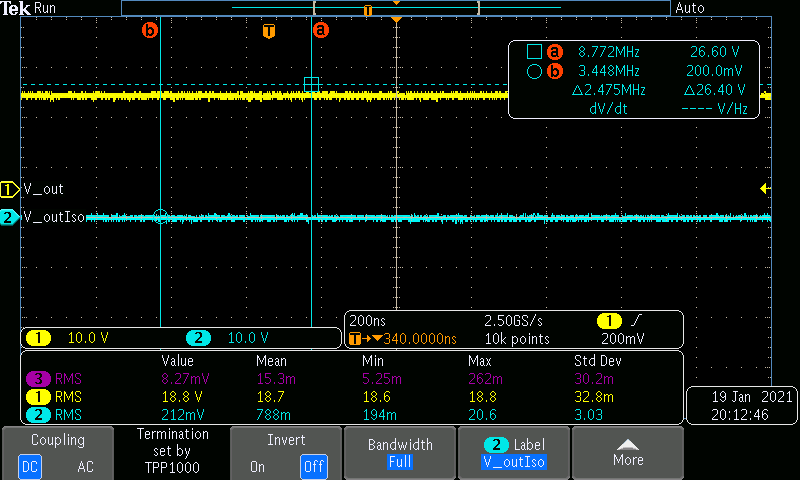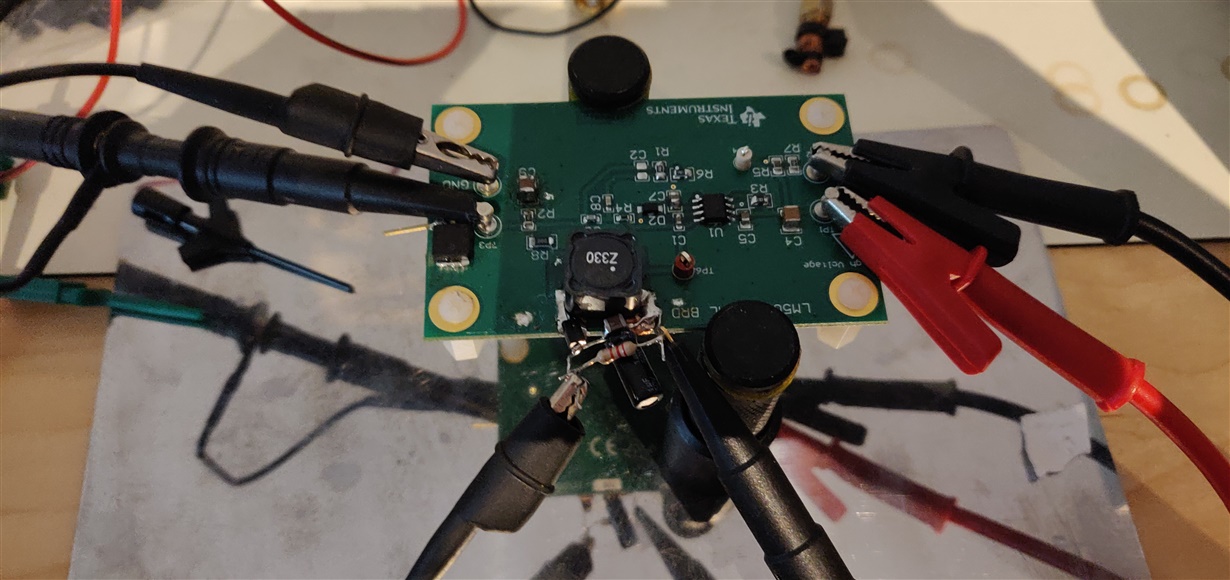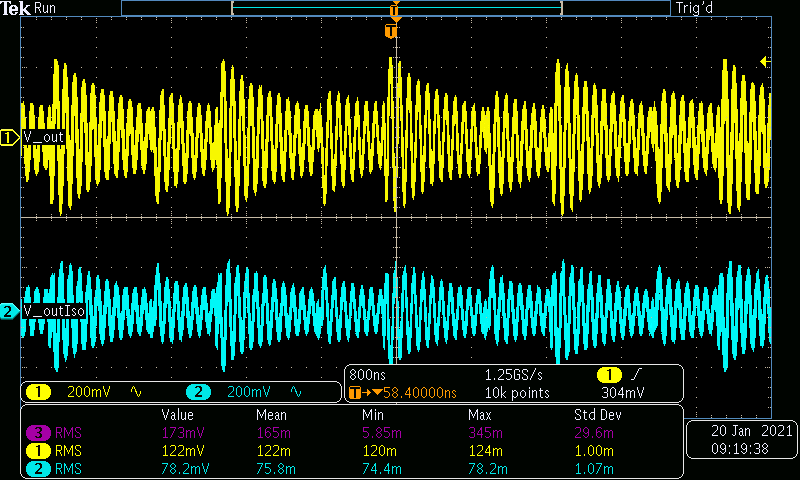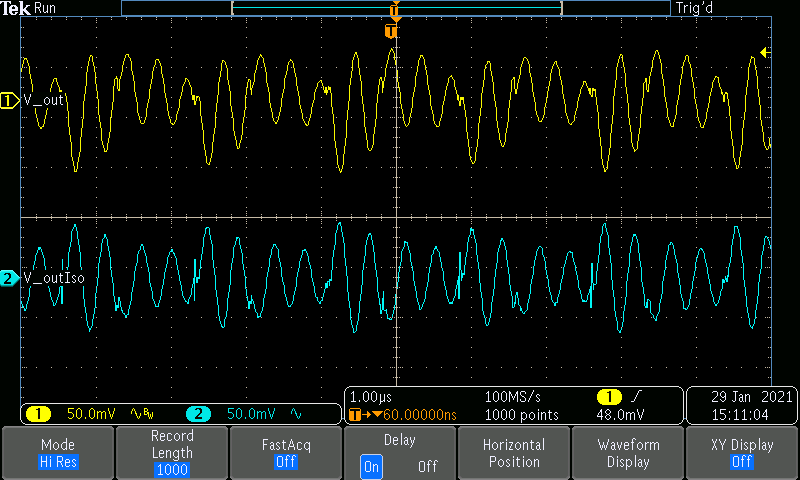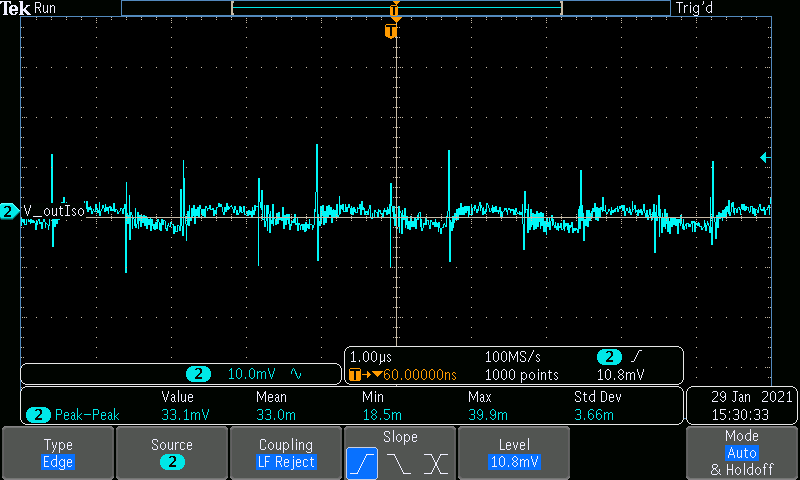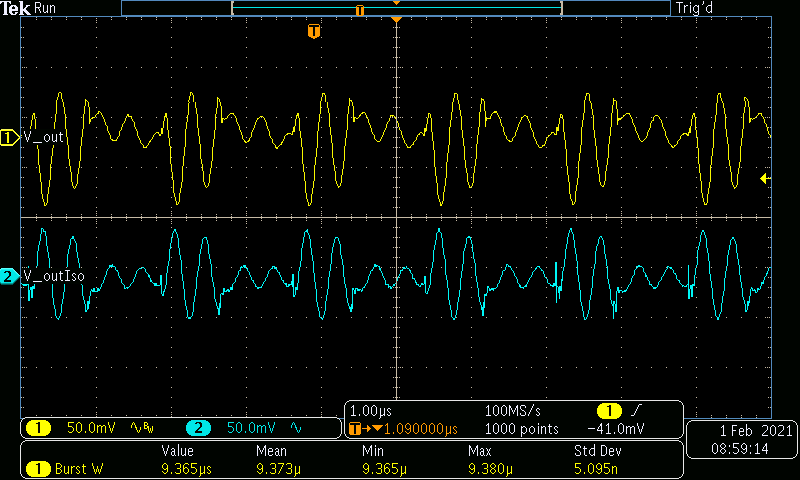Other Parts Discussed in Thread: LM5017
Hi,
I ultimately want to generate a +/-12VDC rail from +48VDC. The +/-12V split rail will power a couple of OP-amps and I also need 12V to power a separate cooling fan.
The TPS54060EVM-590 module did just that but I realized that in such a configuration, the TPS54060s max Vin is reached due to the fact that it sees 48V -(-12V) = 60V. This will be an issue since my 48VDC in might vary above +48V.
I have looked at the LM5017 in a fly-buck configuration since it can take up to 100V input voltage but I ran into problem when connecting the isolated output GND to the non-isolated GND.
Could you suggest a design that can create the desired +/-12V and withstand the high input voltage? Current output is up to 250mA on the +12V rail and up to 100mA on the -12V rail.
Best regards



